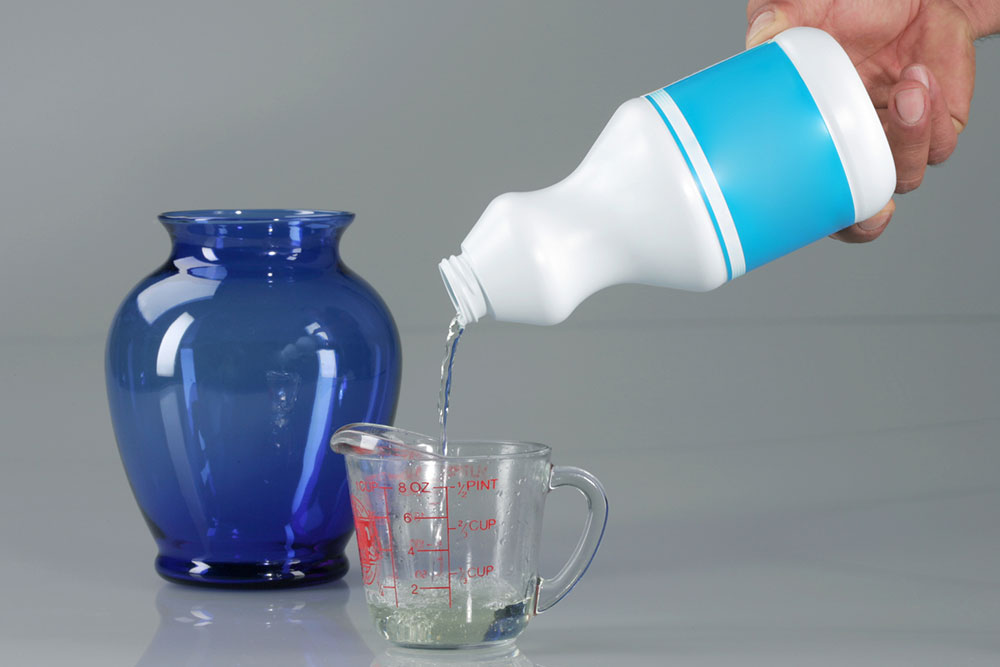Common household products that affect lung health and cause COPD

For a clean and comfortable living environment, individuals often turn to an array of household products. However, many are unaware that some of these seemingly benign items can harbor hidden dangers for respiratory health. Chronic Obstructive Pulmonary Disease (COPD) is a serious condition that can be triggered or even caused by exposure to certain chemicals and irritants commonly found in everyday products. Here are common household items that, when misused, may pose a risk to lung health.
Cleaning products with harsh chemicals
Many household cleaners contain potent chemicals like ammonia, chlorine, and volatile organic compounds (VOCs). Prolonged exposure to these substances, especially in poorly ventilated spaces, can irritate the respiratory system and contribute to the development of COPD over time.
Aerosol sprays and air fresheners
While convenient, aerosol sprays and air fresheners release fine particles and chemicals into the air, potentially irritating the lungs. Continuous inhalation of these substances can lead to respiratory distress and worsen existing COPD symptoms.
Wood-burning stoves and fireplaces
While cozy, wood-burning stoves and fireplaces release fine particulate matter and harmful gasses into the air. Prolonged exposure can lead to respiratory issues and potentially exacerbate COPD symptoms. Proper ventilation and regular maintenance can help mitigate risks.
Scented candles and incense
Scented candles and incense can emit fine particles and synthetic fragrances that, when inhaled, may irritate the respiratory tract. Individuals with COPD should exercise caution when using these products, opting for natural alternatives or avoiding them altogether.
Paints and solvents
Paints, varnishes, and solvents often contain volatile organic compounds (VOCs) that can be harmful when inhaled. Proper ventilation and using low-VOC or VOC-free alternatives can help minimize the risk to lung health.
Pesticides and insecticides
Many household pest control products contain chemicals that can be harmful when inhaled. It’s important to follow usage instructions carefully. Opt for natural or non-toxic alternatives to protect respiratory health and the environment.
Mold and mildew cleaners
Mold and mildew cleaners often contain harsh chemicals like bleach. While it is effective in combating mold, improper use or inadequate ventilation can lead to respiratory irritation. Therefore, it is important to follow necessary caution while using these products.
Pet dander and hair
While not a product in the traditional sense, pet dander and hair can be significant triggers for individuals with COPD. Proper pet grooming, regular cleaning, and using air purifiers can help reduce exposure to these allergens.
Household dust and allergens
Dust mites, pollen, and other allergens commonly found in households can exacerbate respiratory conditions like COPD. Regular cleaning, using allergen-proof covers on bedding, and maintaining a clean indoor environment are essential.
Carpet and upholstery cleaners
Cleaning products designed for carpets and upholstery can release fine particles and chemicals into the air. Those with COPD should opt for products labeled as low-VOC and ensure proper ventilation during and after cleaning.
Gas-powered appliances (stoves, heaters)
Improperly ventilated gas-powered appliances can release carbon monoxide and other harmful gasses. These substances can lead to respiratory distress and exacerbate COPD symptoms. Regular maintenance and adequate ventilation are crucial for safe use.
Old or musty books and paper products
Older books and paper products can harbor mold spores and dust, which can be harmful when inhaled. Proper storage, ventilation, and regular cleaning of bookshelves can help mitigate this risk.
Sewing and craft supplies
Certain craft supplies, like glues, paints, and adhesives, can emit harmful fumes and VOCs. Using these products in a well-ventilated area and wearing protective equipment can help minimize respiratory risks.
Dryer sheets and fabric softeners
While they add a pleasant scent to laundry, dryer sheets, and fabric softeners can release VOCs and other chemicals into the air. Individuals with COPD may opt for fragrance-free alternatives or natural alternatives like wool dryer balls.
Nail polish and remover
Nail products often contain chemicals like acetone and toluene, which can release fumes that irritate the respiratory system. Using these products in a well-ventilated area is crucial for minimizing respiratory risks.
Bug bombs and foggers
These pest control products release a high concentration of pesticides into the air. The inhalation of these chemicals can be harmful to respiratory health and may trigger existing lung conditions like COPD.
Being aware of potential respiratory hazards in everyday household products is crucial for maintaining lung health and preventing conditions like COPD. By understanding and minimizing exposure to these common items, individuals can take proactive steps toward creating a safer and healthier living environment for themselves and their loved ones.









